
Planning on taking a piece of gum before chewing it around kids? Chewing gum is a highly appreciated product for all age groups and is meant for chewing, but it does come with specific safety issues. This article intends to try to answer whether chewing gum can be a choking hazard by looking at the risks that could lead to such occurrences. In addition, we will outline essential measures that can be taken to reduce these risks for children and adults. With all measures and information, we aim to assist our readers in making more informed choices while using gum and other similar products. This article will address these issues that tend to get lost in lack of attention.
What Makes Chewing Gum a Choking Hazard?

Chewing gum poses a choking risk because of how it is made. As much as chewing gum can be eaten, it cannot be classified as food. If careless, a person can easily choke on it, especially children who cannot properly chew their food. In addition, chewing gum is sticky, and for some children, their chewing and swallowing skills may not be developed enough to help them get rid of the chewing gum. Swallowing chewing gum while talking or exercising only makes the situation worse. Talking during those activities can create an environment prone to choking, and it is essential to mitigate the risk through caution. These are very important factors which, if ignored, significantly increase the possibility of choking on chewing gum.
Understanding the Risk of Choking from Gum
- Physical Composition: Chewing gum is characterized by its elastic and adhesive properties, primarily due to the gum base, which is resistant to quick breakdown during mastication. These physical traits heighten the risk of airway obstruction if pieces are too large or improperly chewed.
- Swallowing Dynamics: For safe consumption, proper chewing that breaks gum into smaller, manageable portions is critical, specifically reducing the likelihood of airway blockage. Children typically develop sufficient chewing and swallowing coordination around the age of 4-5 years, suggesting heightened supervision for younger individuals.
- Airway Dimensions:
- Average adult tracheal diameter: 16-20 mm.
- Average pediatric tracheal diameter (ages 2-5): 5-8 mm.
These dimensions highlight the importance of avoiding ingesting gum pieces larger than 5 mm in any singular dimension for young children.
- Activity Guidelines:
- Avoid gum consumption during intense physical exertion, talking, or laughing. These activities disrupt regular swallowing reflexes, increasing aspiration risk.
- Ensure children are stationary and calm when consuming gum to facilitate controlled chewing and swallowing.
- Emergency Response:
- If choking occurs, immediate first aid procedures, such as back blows or abdominal thrusts, should be performed.
- Seek professional medical assistance if the obstruction persists.
Adhering to these guidelines and considering relevant technical parameters can effectively minimize the risks associated with chewing gum consumption.
Why Toddlers Are More Susceptible to Gum Choking
Children in the toddler stage are the most vulnerable to choking on gum due to their low chewing and swallowing control levels. Children at that age find it hard to manage their oral muscles, making chewing difficult. Their tube-like structure further explains why toddlers are much more sensitive to choking wildly when they have misplaced chewing gum.
How Swallowing Gum Can Cause Choking
Gum poses a risk of choking since it skips the chewing stage, resulting in a higher chance for the piece of gum to block the airway channel. This is especially catastrophic for toddlers due to their narrow trachea. If the gum chunk is too large alone or with other foreign materials, it might obstruct the airway passage completely. Extra considerations need to be taken, such as the trachea's diameter, which in children is around 4 – 6 mm and 10 – 20 mm for adults, along with the elasticity of the gum, which allows it to easily take form into a shape that partially obstructs the airway passage. Supper vision and eliminating gum consumption among toddlers will help tackle these issues significantly.
Which Age Groups Are at the Highest Risk of Choking on Gum?
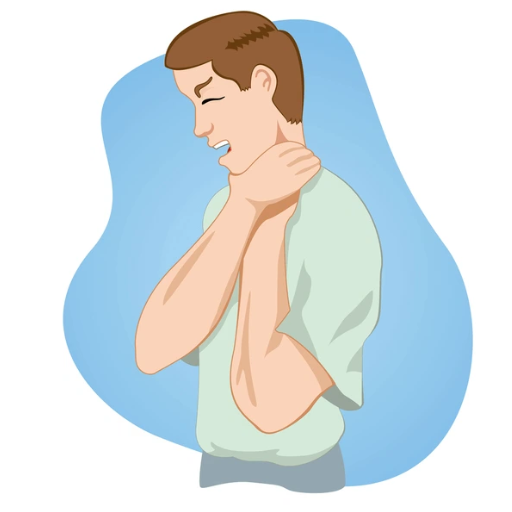
A specific group that is most likely to choke on gum includes children under five and some older adults with particular swallowing difficulties. The younger age group will be at a higher risk as they have smaller airway diameters and less coordinated chewing and swallowing control. Older adults with dysphagia may also be at risk of choking on gum. This means that all of these people need to be monitored very carefully or advised against consuming gum to prevent choking events from happening.
Why Infants and Young Children Face Greater Risks
Children and very young children are prone to choking on gum because of their unique anatomy and specific physiologic factors. The smaller tracheal diameter, which averages out to be around four to five millimeters for infants and approximately seven millimeters for young children, creates a much greater chance of airway obstruction by foreign substances. Also, children at these ages tend to lack effective chomping coordination and swallowing reflexes, inhibiting their ability to handle something non-edible like gum. In addition to this, children also do not have molars, making chewing almost impossible. All of these factors combined increase the chances of this demographic group to choke or aspirate.
Choking Risks for Children Younger than 4 Years Old
Physiology and behavior both contribute to children under 4 years old being highly susceptible to choking. According to pediatricians, foods, toys, and household items are some of the most common choking hazards. Grapes, popcorn, nuts, hot dogs, and peanut butter are especially risky because they are round and hard. Young children have a difficult time chewing and swallowing because their molar development, along with their oral muscular functions, are not yet fully developed.
Tiny toys, buttons, coins, and even latex balloons present significant threats to young children. Due to the size of their trachea, any object less than 1.75 inches (approximately 4.4 cm) wide or 2.25 inches (approximately 5.7 cm) long can obstruct their airways. The U.S. Consumer Product Safety Commission (CPSC), among other federal safety organizations, restricts toys under these measurements for children of this age group.
Specific behavioral patterns and practices, such as rapid food consumption without proper chewing, increase the chances of choking. Decreasing the likelihood of choking can result from supervising meals, minimizing food into smaller portions for consumption, and ensuring no loose small objects are in the areas meant for play. Additionally, conducting proper first aid training for children’s caregivers is crucial for emergencies; this includes the Heimlich maneuver.
Age Recommendations for Chewing Gum
Due to the likelihood of choking, children below the age of five years should never chew on gum. Most kids in this age group might be unable to chew gum without accidentally swallowing it. Children over the age of five years can chew gum while being monitored by an adult as long as they know how to chew gum without swallowing it. Parents should purchase sugar-free gum instead of increasing the risks of getting dental cavities. Caregivers should remember that not all children develop at the same rate; therefore, each child should be assessed individually. Constantly monitor young children while they are chewing gum to make sure proper chewing habits are being practiced.
What Are the Top Choking Hazards for Children?
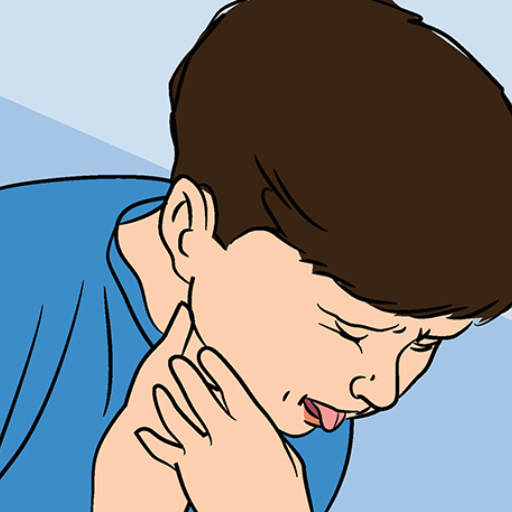
Space or silence often draws a child's attention, which connects to items that can easily block their wind-pipe. Items like coins, small action figures, marbles, or even battery buttons can choke a young child. Foods such as nuts, candies, popcorn, grapes, or sausages are dangerous if not supervised. Moreover, children need to be supervised while they are eating, as well as when they are playing, to provide a safe space free from elements that can cause obstruction. Additional factors that come into play are the specific age-based restrictions regarding the child’s toys and foods to avoid any possible risks.
Typical Food Choking Hazards Besides Gum
Beyond gum, several food items are notable choking hazards for children due to their size, shape, or texture. These include:
- Nuts and Seeds: Due to their small, complex, and slippery nature, nuts and seeds can quickly become lodged in a child’s airway. Whole nuts should be avoided for children under 5 years of age.
- Popcorn: Popcorn kernels and partially popped pieces are particularly dangerous, as their irregular shapes can block the airway.
- Hard Candies and Chewing Candy dissolve slowly, increasing the likelihood of choking, especially if inhaled before they are fully melted.
- Round Foods (e.g., Grapes and Cherry Tomatoes): Their spherical shape makes them particularly risky. Such foods should be sliced lengthwise into smaller pieces to ensure safe consumption.
- Sticky Foods (e.g., Marshmallows, Peanut Butter): Sticky foods can adhere to the roof of the mouth or throat, making it difficult to dislodge without assistance.
- Hot Dogs and Sausages: Due to their cylindrical shape, these must be cut into small, irregular pieces, not round slices, to reduce the risk.
When preparing food for children, use the following technical parameters for safety:
- Size Guidelines: For toddlers and young children, foods should be cut into pieces no more significant than ½ inch.
- Texture Adjustments: Hard foods should be modified (e.g., cooked, mashed) to ensure they are soft enough to chew easily.
- Supervision Standards: Always supervise children during meals, ensuring they sit upright and eat slowly.
It is crucial to reduce risks by providing an environment free of choking hazards. Caregivers should also be trained in basic first aid and choking response techniques, such as performing the Heimlich maneuver on children.
Understanding Small Objects as Choking Hazards
Children aged three years and younger are prone to master choking on small objects because they are fascinated with touching everything and putting things in their mouths. Coins, buttons, small beads, and small toy parts are the most hazardous. Industry guidelines and expert suggestions suggest the following technical parameters that are the most relevant in attempting to mitigate such risks:
- Size Restrictions: These objects are recommended to pass any ‘small parts test.’ They should be neither smaller than 1.25 inches in diameter nor less than 2.25 inches in length. These dimensions are tailored so that no one can choke by having these objects exacerbate any airway problems they might have. This criterion is double-checked with CPSC cuts and aligns perfectly.
- Age-Specific Warnings: The toys and items made available to children three years and younger should bear the appropriate age premise warnings and safety regulations ASTM F963 based on toy design.
- Regular Inspections: Everyday accessories should be routinely stored out of reach of kids below the age limit.
Under constant supervision and following these guidelines, caregivers can significantly reduce the risks associated with small objects.
How to Identify Potential Choking Hazards in Your Home
To look for any possible choking threats in my home, I start by scanning every room through the lens of a child, looking for any objects that might be reachable by a young child. In particular, I search for items such as buttons, coins, batteries, or broken pieces of a toy that are small enough to fit into a child’s mouth and pose a choking threat. Choking hazard testing tubes are a helpful tool, or I can use an empty toilet roll to check whether a small item would fit, and any object small enough to fit inside should be removed or carefully positioned. I also look at age-rated toys to ensure there aren't any tiny detachable fragments like screws that can be removed. Sweeping regularly and storing small items in tools with child-proof covers also decreases the number of hazardous threats in the area.
How Can Parents Help in Preventing Choking?
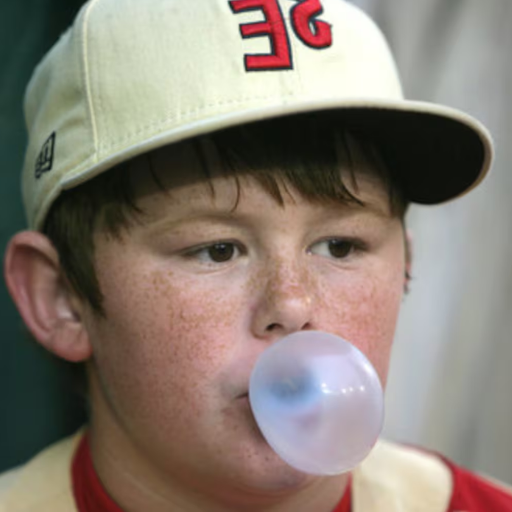
To prevent any incidents of choking from happening, parents are encouraged to closely watch their children during meals and when they are playing. They should be mindful of serving age-appropriate food: cutting hot dogs and grapes into small chunks is a good example. Children should be encouraged to sit quietly during meals, as excessive talking or running around increases the chances of a choking incident. Also, parents should constantly check toys and other household items for small detachable parts that can be choked on, as those can present a danger. Children should also be protected from coins, batteries, and potentially unsafe small objects. Finally, parents may wish to take pediatric first-aid training in case of an emergency.
Tips to Prevent Choking in Children
Looking at choking from this perspective, my practices as a parent are simple. Firstly, I prepare food properly by cutting it into manageable portions. For example, grapes are always cut in halves while hotdogs are sliced in lengthwise. I make sure the child eats in a quiet place, seated calmly, with no toys or screens around that may distract them. In addition, I ensure any toys and household items are checked regularly for small pieces that can easily be detached and broken off. Lastly, minor hazards such as coins and batteries are stored well out of reach. Lastly, I took a pediatric first-aid course to be fully prepared for an emergency.
Teaching Children How to Chew Properly
To teach my child to chew appropriately, I first model mealtimes where I chew slowly and thoroughly break down the food. I see that food is initially soft and easy to manipulate, gradually changing it into more complex food. I ensure that small pieces of food are taken to prevent choking and that the food is kept in their mouths until it is well chewed before swallowing. I am consistent with my reminders, so during mealtime, I gently prompt them to chew correctly and praise them when they do. As a rule of thumb, children should chew each serving of solid food 20-32 times for optimum breakdown; softer food can be less. By eliminating distractions and making the eating climate serene, I can place edicts on focus-based habits from them.
Using Cushion and Supervision to Avoid Incidents
To best use cushioning and supervision to curb incidents, implement soft, non-toxic, and shock-absorbent cushions that are easy to reach within high-risk areas like playrooms around furniture edges and sharp corners. Check that the cushions used are of the required safety standards, for example, ASTM F963 for child products. Maintain visual supervision, particularly in activities with balance issues like severe climbing or vigorous running. If there is technical equipment like baby monitors or cameras, see that they are well placed, precise in output, and meet the FCC requirement for electronic safety. Also, ensure the environment is free from clutter to mitigate tripping risks, and regularly check the cushions to ensure they are secure and do not show signs of wear and tear. Following these steps systematically reduces the chances of injuries and ensures that the children are in a safe environment.
What Should You Do in Case of a Choking Incident?
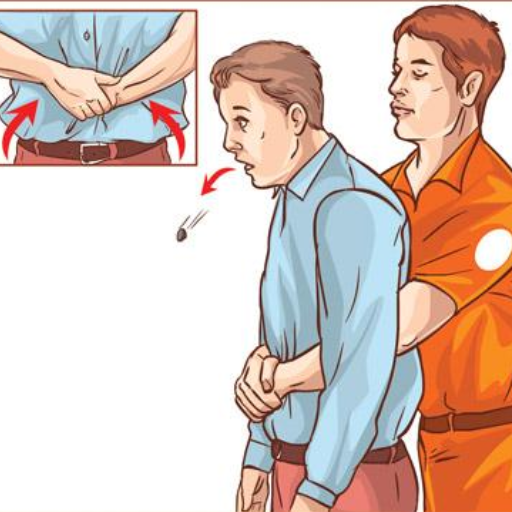
In case of a choking episode, put all your efforts into remaining calm. First, check if the individuals can cough, speak, or breathe. If the situation allows it, face the victim and encourage them to cough into their elbow to dislodge the object. Also, if the airway is completely blocked, try to do chest and back thrusts for infants up to one year of age, as well as back blows and chest thrusts. If a person is unconscious, check their mouth for any obstructing objects and start CPR. Also, make sure to contact emergency help as they can intervene when needed, saving lives.
Immediate Steps to Take if a Child Chokes
In the case of a child choking, the first thing I would do is figure out if they can speak or cough. If the child can cough, I will ask them to continue doing so to try to dislodge the obstruction. If the child cannot speak or breathe, then I will start performing back blows followed by abdominal thrusts for children older than one. However,e I will use gentle chest thrusts or back blows for children younger than one. If the child becomes unconscious, I will start performing CPR, all the while checking for any obstructions in their mouth while using rescue breaths. Emergency services need to be contacted immediately for the event, as they are crucial in this scenario.
Learning CPR for Emergencies
To answer the questions regarding learning CPR for emergencies concisely and with technical accuracy, here are the key steps and parameters for effective CPR administration:
- Assess Responsiveness
- Gently tap the individual's shoulder and ask loudly, "Are you okay?"
- Look for signs of breathing or movement.
- Activate Emergency Services
- If you don't receive a response, call emergency services (e.g., 911) immediately or instruct someone nearby to do so.
- Begin Chest Compressions
- Place the heel of one hand on the center of the chest (lower half of the sternum) and the other hand on top, interlocking fingers.
- Compress the chest at 2 inches (5 cm) for adults and children (approximately 1/3 the chest depth). For infants, compress 1.5 inches (4 cm) using two fingers.
- Perform compressions at a rate of 100–120 compressions per minute.
- Provide Rescue Breaths
- Tilt the head back to open the airway and pinch the nose closed.
- Seal your mouth over the person’s mouth and give 2 rescue breaths (each breath lasting about 1 second).
- Ensure the chest rises with each breath; if not, reposition and try again.
- Continue CPR
- Alternate 30 chest compressions with two rescue breaths until professional help arrives or signs of life return.
- Special Considerations for Children and Infants
- For children, use one hand for compressions if the individual is tiny.
- For infants, use two fingers for compressions and ensure gentle rescue breaths to avoid overinflation of their lungs.
Note: Proper training and certification in CPR will provide hands-on practice and confidence, ensuring preparedness for emergencies. Always follow the latest guidelines set by organizations like the American Heart Association (AHA).
When to Contact a Pediatrician or Emergency Services
A medical professional should be contacted if services are required during breathing difficulties, intense pain, uncontrollable fever above 104°F (40°C), prolonged seizure episodes, or dehydration. Unresponsive children, persistent vomiting, severe gaping wounds, and head trauma with loss of consciousness also require intense care from professionals. If you feel something is amiss, always try to play it safe and contact medical services immediately.
References
- Gum Association - Risks of Choking While Chewing Gum
- American Speech-Language-Hearing Association - Unsafe Chewing: Choking and Other Risks
- Memorial Health - Household Safety: Preventing Choking
Frequently Asked Questions (FAQ)
Q: Is chewing gum a choking hazard for children?
A: Yes, chewing gum can be a choking hazard, especially for children under 4. It is important to supervise young children and ensure they understand not to swallow gum.Q: What are some practical choking prevention tips for parents?
A: To help prevent choking, parents should always supervise their children during meals, cut food into small, manageable pieces, and avoid giving young children whole grapes, raw vegetables, and chunks of meat.Q: At what age is it safe for a child to chew gum?
A: The American Academy of Pediatrics suggests waiting until a child is at least 4 years of age before allowing them to chew gum, as younger children may not fully understand the concept of chewing without swallowing.Q: What foods should be avoided to prevent choking in young children?
A: Foods to avoid include whole grapes, raw vegetables, chunks of meat, peanut butter and other nut butter, and sticky or hard candies, as these can quickly get stuck in a child's windpipe.Q: How can I prevent my child from choking while eating?
A: To prevent your child from choking, ensure they sit upright while eating, cut food into small pieces, and teach them to chew their food thoroughly before swallowing.Q: What are some everyday non-food items that children could choke on?
A: Small items that children could choke on include toys with small parts, coins, and small batteries. It is crucial to check toys often for loose components and ensure children explore their worlds safely.Q: How can I teach older children about the dangers of choking?
A: Warn older kids about the risks of choking by explaining how certain items and foods could be dangerous and encouraging them to eat slowly and chew thoroughly.Q: Why is it important to cut food for young children?
A: Cutting food into smaller pieces is one of the ways to help prevent choking, as it reduces the risk of large pieces getting stuck in a child's windpipe.Q: How can I ensure my home is a safe environment to prevent choking hazards?
A: Regularly inspect your home for small parts and items that children could find and swallow, and keep hazardous objects out of reach to ensure a safe environment for your little one.Q: What role does supervision play in choking prevention?
A: Supervision is crucial in choking prevention. It allows parents to intervene quickly if a child begins to choke and ensures that children eat and play safely.


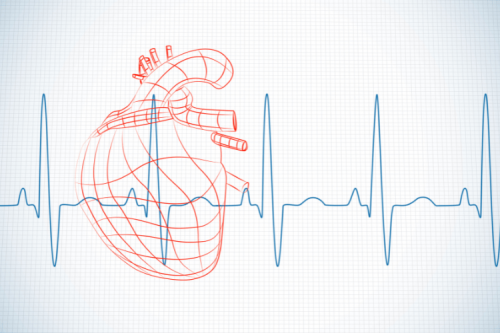
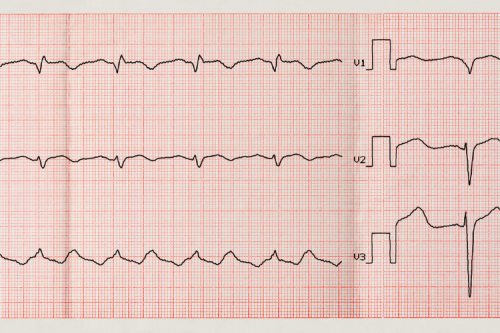

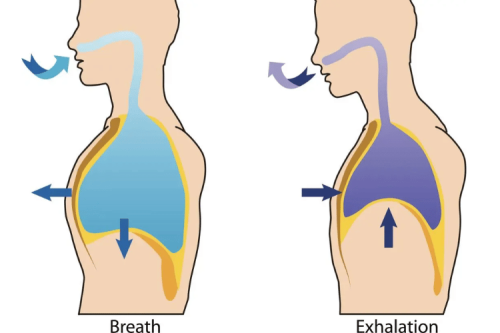
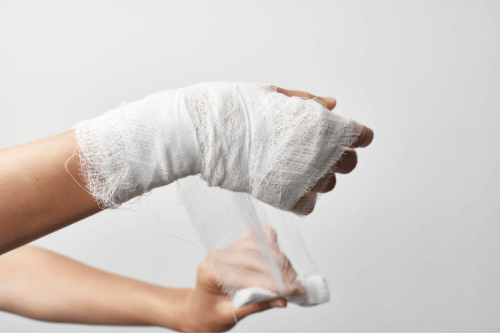
 Login with Google
Login with Google Login with Facebook
Login with Facebook